PHNXX (pronounced “phoenix”) has partnered with California-headquartered Paired Power to launch PairPHNXX, a modular, solar-powered microgrid that requires no assembly for off-grid, remote, and diesel-reliant sites.
The plug-and-play system, housed in a standard shipping container, is available in 46.4 kW, 69.6 kW or 92.8 kW configurations with commensurate battery storage capacities of 42.4 kWh to 636 kWh, and with output power from 30 to 60 kW per container at 208 VAC or 480 VAC three-phase, or 120/240 VAC single-phase.
Melbourne-headquartered PHNXX has designed the modular hardware that forms the foundation of the PairPHNXX solution, including the solar panel structure and unfolding mechanism while Paired Power has provided the control system, including computer and software, and integrates all of the electronics, such as the inverter and batteries.
“By combining Paired Power’s energy management software with our modular microgrids, we’re delivering renewable power wherever it is needed,” PHNXX Chief Executive Officer (CEO) Joel Tay said. “Together, we’re advancing modular clean energy solutions that can be adapted and deployed across international markets … and we’re just getting started.”
Designed for rapid deployment in remote or off-grid locations, or when grid access is negligible or cut off, the PairPHNXX system requires minimal site works and essentially operates unattended once its solar array is unfolded.
“The units are fully pre-assembled and tested at the factory prior to shipping,” Tay said. “This allows the modules to be easily deployed on site with a crew of 2-3 people and be fully operational within hours.”
“They’re scalable, flexible, and ideal for replacing diesel use for off-grid or temporary use cases such as dairy farms and irrigation systems in agriculture, camps and site power for construction and mining, as well as for powering static and mobile applications in defence, emergency response, disaster relief and recovery and remote communities.”
Paired Power CEO Tom McCalmont said the units can be deployed, relocated, and even repurposed for different sites, delivering power without the burden of emissions-heavy diesel.
“PairPHNXX allows for clean energy to be generated and deployed wherever and whenever it is needed, helping us reach those last frontiers of decarbonisation within industries and in locations that have been held back by grid limitations and infrastructure costs,” he said. “This is about making clean energy truly accessible for everyone, everywhere.”
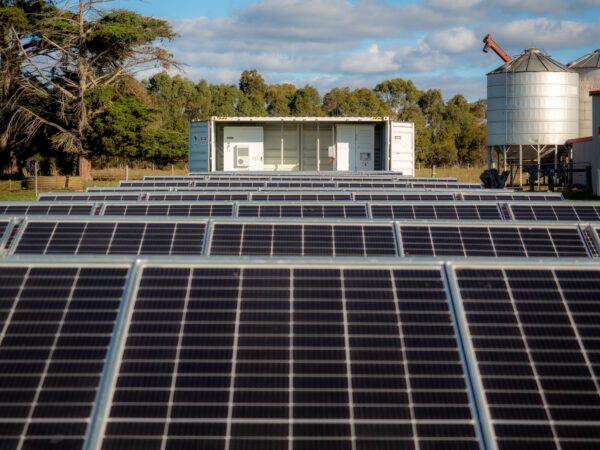
Image: PHNXX
PHNXX has already deployed its containerised systems at sites across regional Victoria and New South Wales (NSW) and is now working to grow its market.
Having teamed with Paired Power in the US, PHNXX is also exploring opportunities to expand its footprint into all Australian states and territories, as well as to neighbouring countries across the Pacific Islands and in Southeast Asia.
“We see expansion in both geography and reach, including rental and lease options for clients with temporary or project-based power needs,” Tay said.
“We’re building partnerships beyond Victoria and NSW to reach a wider range of clients operating in remote, off-grid, and edge-of-grid environments.”
Tay said PHNXX’s stand-alone power systems (SAPS) are ideally suited for Australia, with remote communities a major focus for the company.
“While there is strong government support and an ideal landscape for solar deployment, a significant gap remains for those unable to access clean power through the grid,” he said.
“Decentralised modular standalone power systems like ours help bridge this ‘missing middle’ and it is this very specific niche market that we aim to serve through our hardware, software and financing solutions.”
Additional reporting by Michael Puttré
This content is protected by copyright and may not be reused. If you want to cooperate with us and would like to reuse some of our content, please contact: editors@pv-magazine.com.
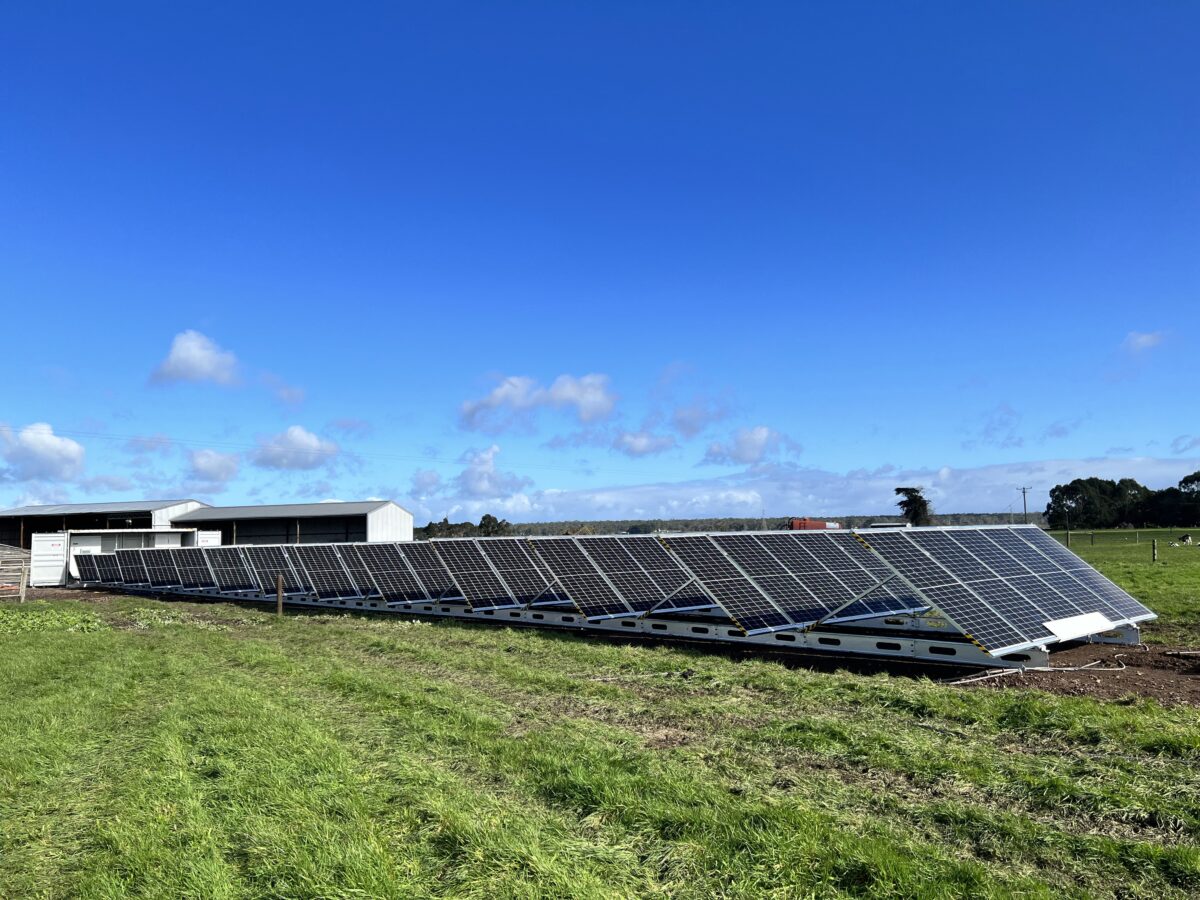



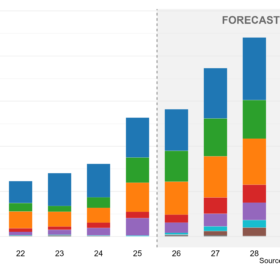
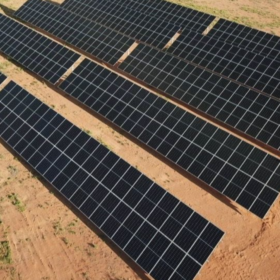
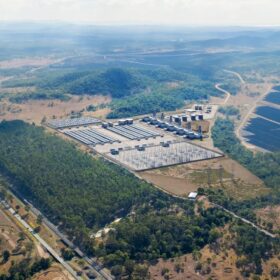
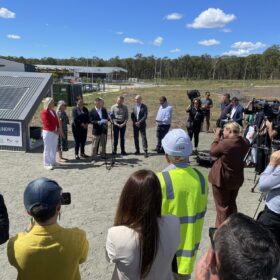
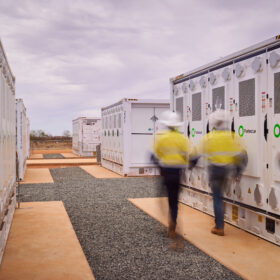
By submitting this form you agree to pv magazine using your data for the purposes of publishing your comment.
Your personal data will only be disclosed or otherwise transmitted to third parties for the purposes of spam filtering or if this is necessary for technical maintenance of the website. Any other transfer to third parties will not take place unless this is justified on the basis of applicable data protection regulations or if pv magazine is legally obliged to do so.
You may revoke this consent at any time with effect for the future, in which case your personal data will be deleted immediately. Otherwise, your data will be deleted if pv magazine has processed your request or the purpose of data storage is fulfilled.
Further information on data privacy can be found in our Data Protection Policy.